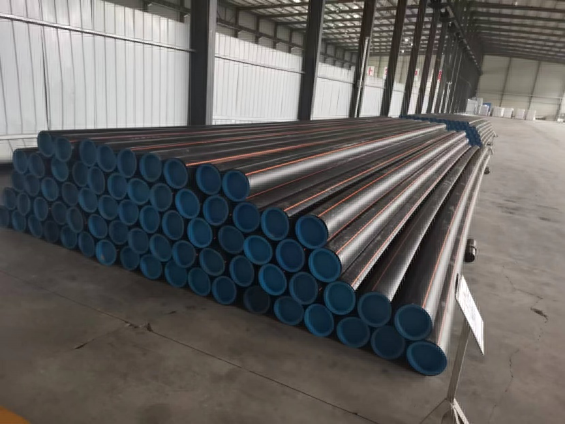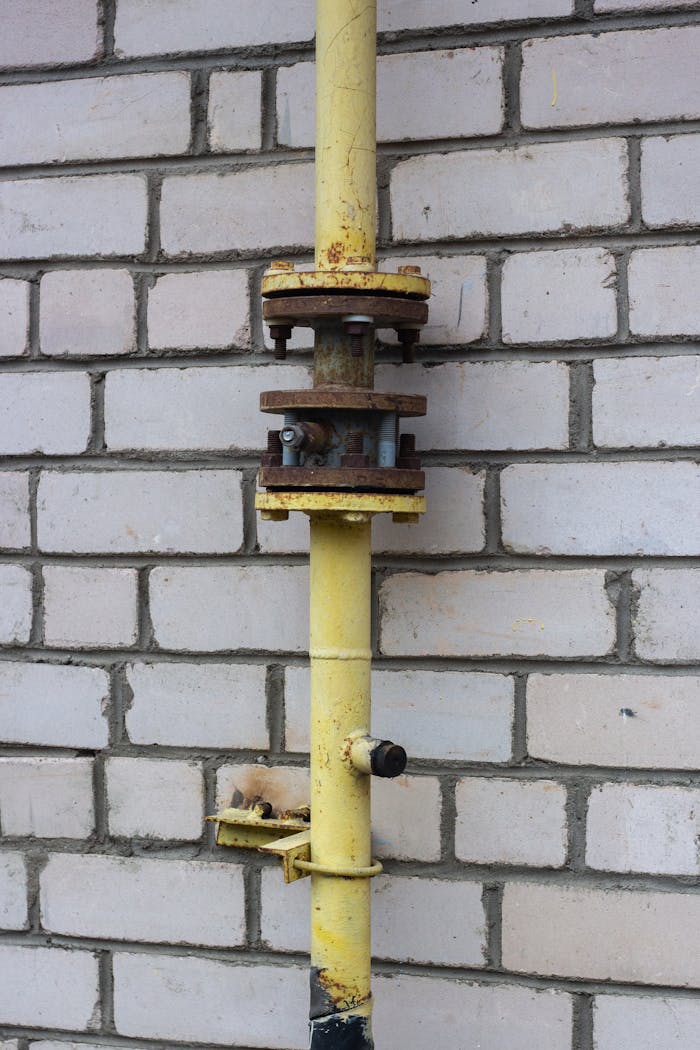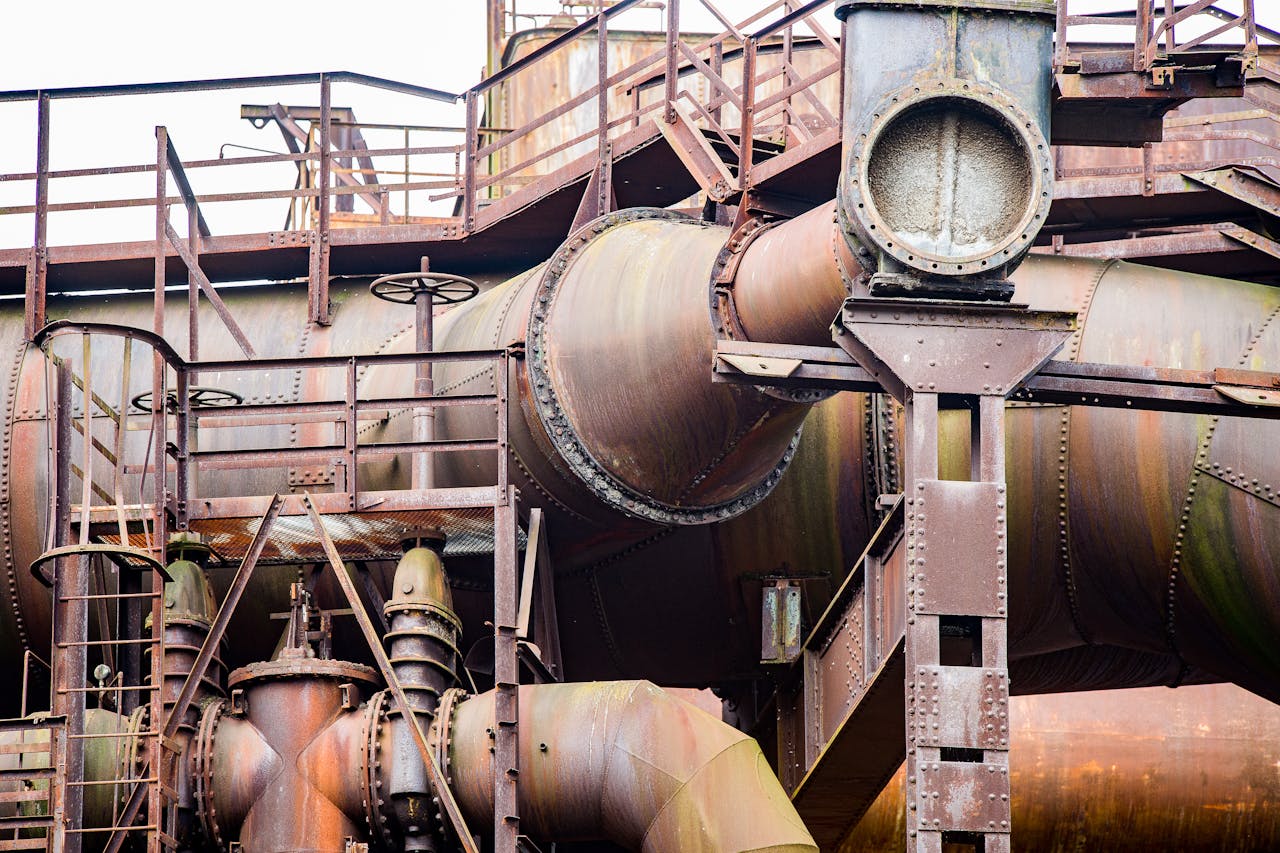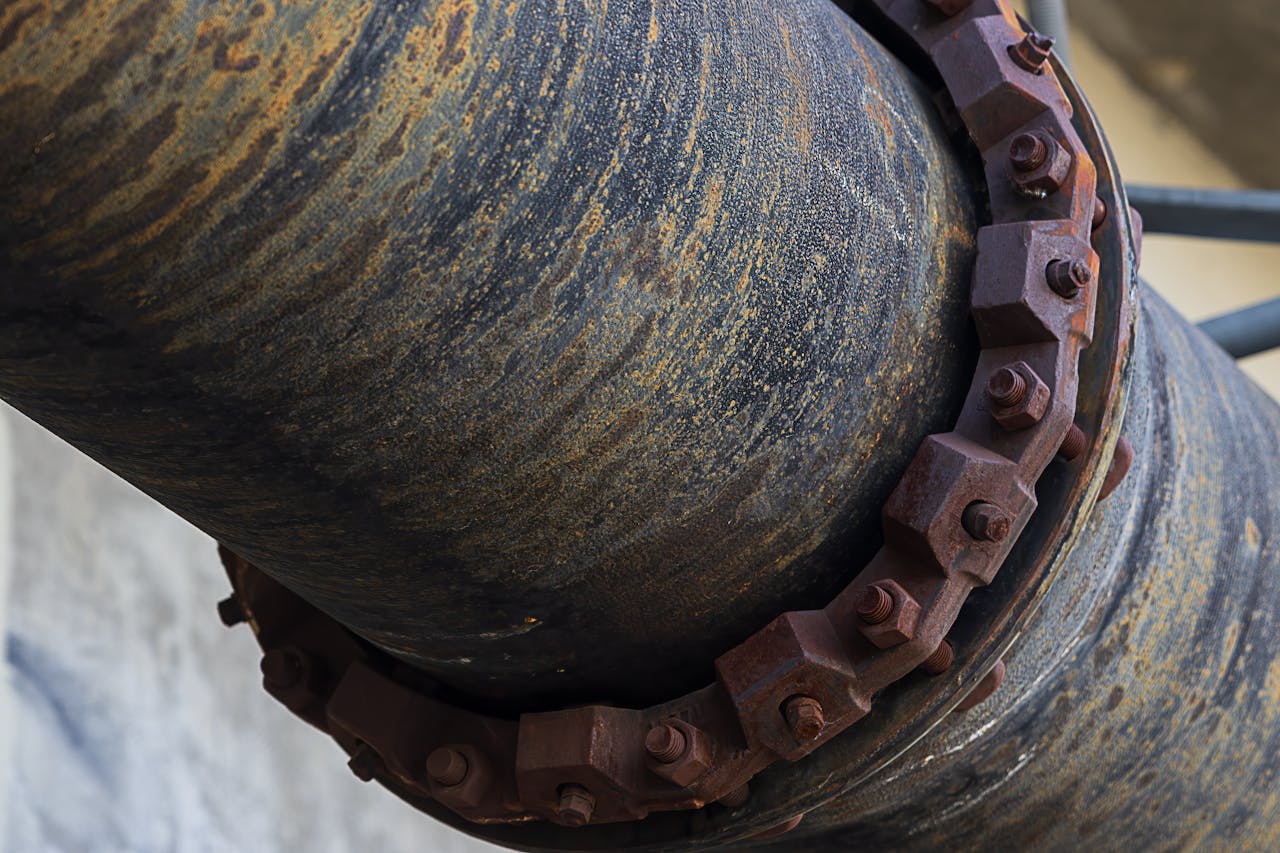I. Emerging Market Expansion: Asia & Africa as Key Growth Vectors
China exported 7.8BPEpipes/fittingsin2023,withASEANabsorbing384.3B national water pipeline retrofit and Vietnam’s new industrial zone constructions. African demand surges at 22% CAGR – Egyptian contracts for HDPE irrigation systems now mandate ISO 4427-compliant Chinese PE100+ at 0.28/meter(202B credit line for Angolan municipal water projects stipulates exclusive usage of Chinese PE materials, creating captive markets.
II. Technology-Driven Value Escalation: Beyond Commodity Pricing
Top-tier producers like Lesso and Kangtai pivot toward high-margin specialty products:
Ultra-High Density Grades: PE-RT Type II pipes certified for 95°C district heating now dominate Scandinavian exports, displacing traditional steel networks
High-velocity electrofusion fittings meeting EN 12814 standards capture 25% premium in Middle East oilfield modular assembly markets where welding permits are restricted.
Smart Piping Systems: Embedded sensors monitoring pressure/leakage (e.g., Sichuan Shida’s IoT-enabled PE pipes deployed in Singapore PUB project) command 50-70% premiums
Recyclable Solutions: Crude-oil-based C-PE pipes face EU carbon tax exposure (€95/ton from 2026), spurring demand for Sinopec’s circular PE grades with 35% PCR content
III. Trade Barrier Navigation: Regulatory Agility as Export Catalyst
Responding to evolving compliance landscapes:
Anti-Circumvention Mastery: US Customs “minor alteration” crackdown countered by developing PE-FL (Foam Lined) pipes reclassified as insulated structures (HTS 3917.29 tariff: 3% vs 7.4% for standard PE pipes)
Saudi Aramco’s revised IKTVA policy now accepts Chinese PE conduits when coated in-Kingdom with proprietary anti-static compounds, leveraging hybrid compliance models.
Carbon Documentation: Lianyungang-based manufacturers deploy blockchain-based CBAM reporting plugins (API-linked to EU registry), cutting certification lead time from 8 weeks to 72hrs
Localization Strategies: Thailand’s Rule of Origin thresholds (55% regional content) bypassed via polyethylene compound plants in Rayong – mixing Chinese HDPE pellets with Thai additives



